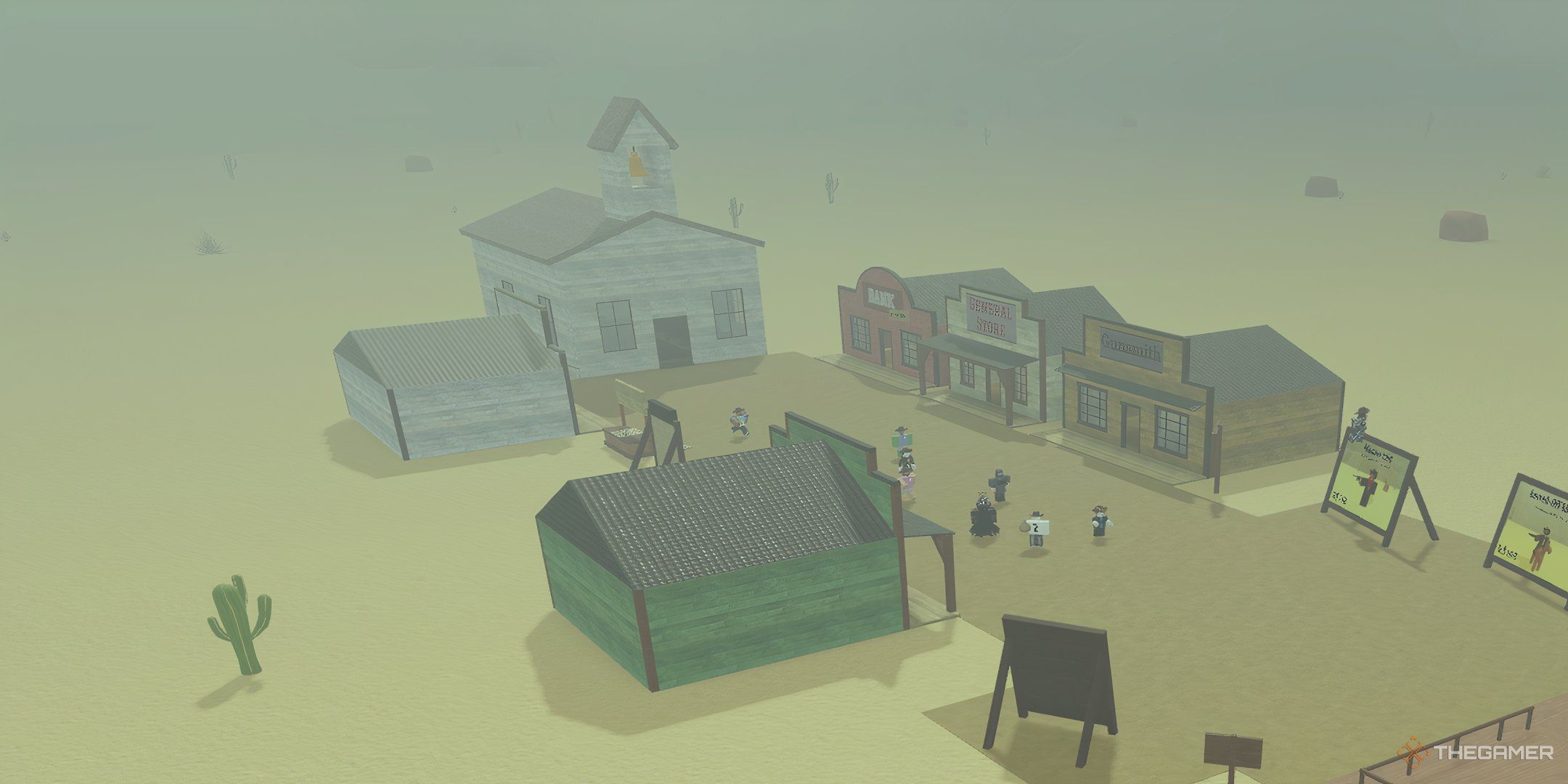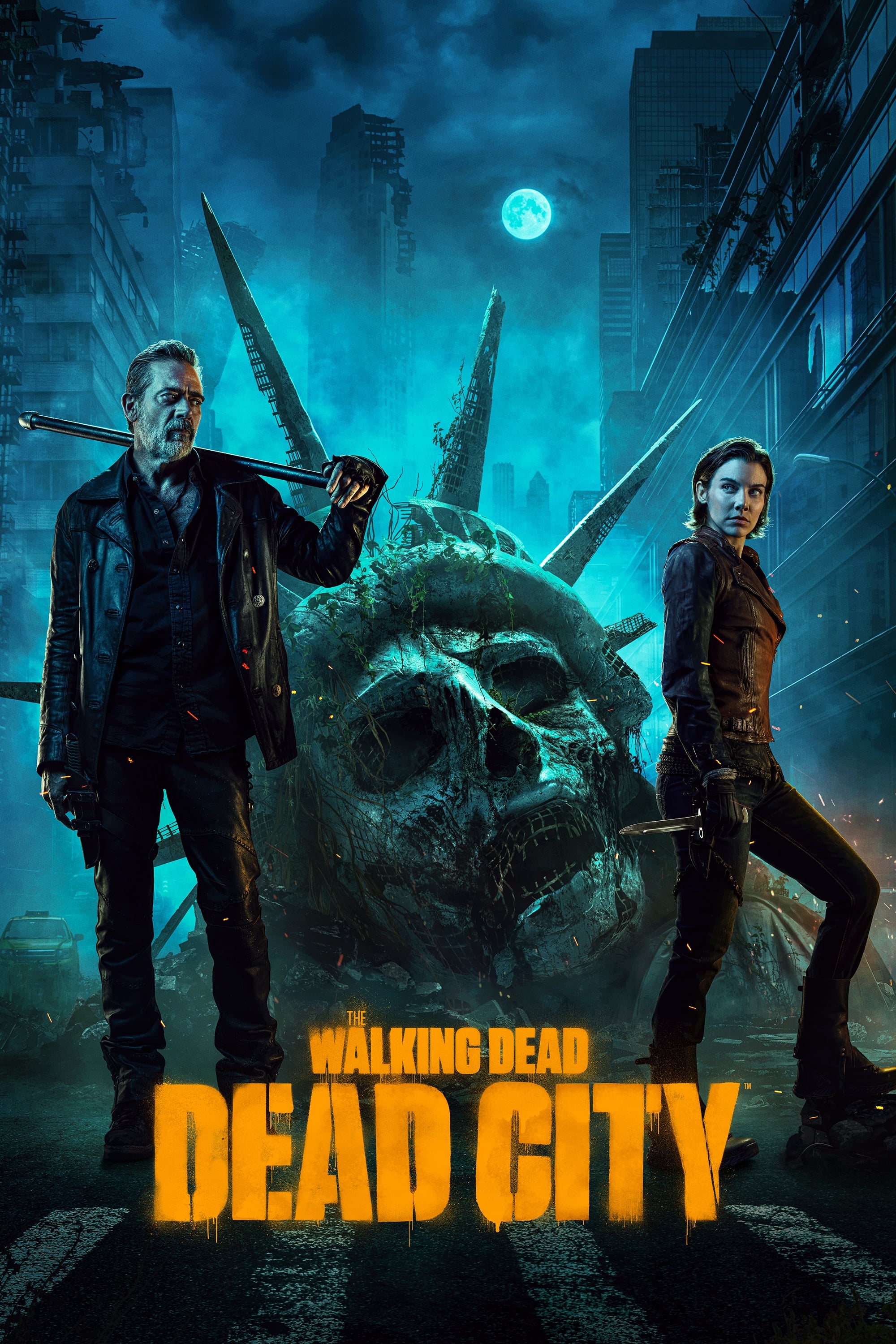
From Neglect to Nudge: La Nación’s ‘City Dead’ and the Awakening of Urban Conscience
In the sprawling, vibrant tapestry of Buenos Aires, a city renowned for its European elegance, tango rhythms, and intellectual fervor, there lies an unspoken tension. Beneath the grand boulevards and historic architecture, a cacophony of minor urban ailments often goes unheard: a broken streetlight plunging a block into darkness, a treacherous pothole claiming unsuspecting tires, an overflowing bin attracting pests, or a neglected public space becoming a haven for disuse. These are the unseen scars, the small but persistent indignities that erode civic pride and quality of life. For years, these issues simmered in private complaints and local grievances. Then, a prominent voice decided to amplify them, turning individual frustrations into a collective call to action: "la nocitydead."
Born from the digital innovation hub of Argentina’s venerable newspaper, La Nación, "la nocitydead" (often stylized as #LaNacionCityDead or "La Nación City Dead") emerged not just as a platform, but as a philosophy. It is an interactive digital initiative designed to empower citizens to report, map, and publicly denounce instances of urban neglect, decay, and malfunctioning public services. Far more than a simple suggestion box, it has evolved into a powerful tool for civic engagement, holding authorities accountable and fostering a sense of shared responsibility for the urban environment.
The Genesis of a Digital Watchdog
The concept of "City Dead" sprung from a recognition that traditional journalistic reporting, while crucial for exposing large-scale corruption or systemic failures, often struggled to capture the granular, everyday issues that profoundly impact citizens’ lives. La Nación, understanding the shifting landscape of media consumption and the growing power of digital platforms, sought to bridge this gap. They envisioned a space where the collective eye of the public could act as an omnipresent urban oversight committee, leveraging the ubiquity of smartphones and the immediacy of online communication.
Launched with the slogan "La Ciudad que no funciona" (The City That Doesn’t Work), the platform quickly resonated. It tapped into a universal frustration: the feeling of powerlessness when faced with a bureaucratic labyrinth to report a simple issue. Before "City Dead," reporting a broken traffic light might involve a series of phone calls, website navigation, or even a visit to a municipal office, often with little assurance of action. "City Dead" streamlined this process, making it as simple as snapping a photo, adding a brief description, pinpointing a location on a map, and hitting ‘send’.
How It Works: Crowdsourcing Urban Accountability
At its core, "la nocitydead" functions as a crowdsourced urban problem reporter. Users access the platform, typically via La Nación’s website or app, and are prompted to report an issue. The process is intuitive:
- Capture: Take a photograph or upload an existing one illustrating the problem. A picture, in this context, is worth a thousand words – it offers irrefutable visual evidence.
- Locate: Pinpoint the exact location of the issue on an interactive map. This crucial step ensures accuracy and makes it easier for authorities (or even fellow citizens) to find and address the problem.
- Describe: Briefly explain the nature of the problem, categorizing it from a predefined list that includes common urban woes such as:

- Potholes and damaged pavements
- Broken streetlights and traffic signals
- Overflowing bins and accumulated rubbish
- Neglected public spaces (parks, plazas)
- Graffiti and vandalism
- Abandoned vehicles
- Water leaks or burst pipes
- Lack of accessibility infrastructure
- Submit: Once submitted, the report is publicly visible on the "City Dead" map, often alongside other reports in the vicinity. This transparency is key, allowing users to see not only their own contributions but also the collective volume and distribution of urban problems.
The aggregated data then becomes a powerful journalistic asset for La Nación. Beyond simply publishing individual reports, the newspaper can analyze trends, identify hotspots of neglect, and use this data to inform more in-depth investigative pieces about municipal services, infrastructure spending, or specific urban planning challenges. This symbiotic relationship between citizen reporting and professional journalism elevates the platform beyond mere complaint logging; it transforms it into a dynamic engine for urban oversight.
The Impact: From Digital Denunciation to Tangible Change
The success of "la nocitydead" is multifaceted, operating on several levels:
-
Citizen Empowerment: Perhaps its most profound impact is the sense of agency it instills in citizens. As one user, quoted (hypothetically, but reflecting common sentiment) in a local urban planning forum, might put it: "Before, I’d just sigh and walk past. Now, I feel like I’m doing something. It’s a small act, but it’s my act, and it contributes to a bigger picture." This shift from passive observation to active participation is a cornerstone of civic technology.
-
Increased Accountability: When a problem is publicly mapped and documented by a reputable media outlet, it becomes harder for municipal authorities to ignore. The sheer volume of reports can create significant public pressure. While the platform doesn’t directly fix issues, it acts as a digital megaphone, ensuring that problems are seen not just by a few, but by potentially thousands, including journalists and, crucially, those in power. Many anecdotal reports suggest that issues highlighted prominently on "City Dead" see swifter action.
-
Data-Driven Journalism and Advocacy: La Nación has leveraged the platform’s data to produce compelling stories, infographics, and analyses that go beyond individual complaints. For example, they might highlight that a particular neighborhood consistently reports issues with waste collection, prompting a deeper investigation into the municipal sanitation department’s operations in that area. This transforms raw data into actionable insights, driving public discourse and informing policy debates.
-
Community Building: By making urban problems visible and shareable, "City Dead" can foster a sense of shared community and collective responsibility. Residents might realize that their neighbor is also dealing with a similar issue, leading to neighborhood groups forming to jointly address problems or advocate for solutions.
Challenges and Criticisms
Despite its innovative approach and undeniable benefits, "la nocitydead" is not without its challenges and criticisms:
- The "Digital Divide": Like any technology-dependent initiative, its reach is limited by access to smartphones and internet connectivity. Older demographics or lower-income communities, who may face some of the most pressing urban challenges, might be less represented on the platform.
- Government Responsiveness: While the platform increases visibility, it cannot force government action. Some municipal administrations might be more responsive than others, and even the most well-intentioned ones face budgetary constraints or bureaucratic inertia. Citizens can experience "report fatigue" if their submissions consistently go unaddressed.
- Sustainability and Maintenance: Running and maintaining such a platform requires resources – technological, journalistic, and human. Ensuring its long-term viability and continued relevance is an ongoing task for La Nación.
- Filtering and Verification: While user-generated content is powerful, it can also be prone to inaccuracies or even mischievous reporting. La Nación likely employs some level of moderation or relies on the community to flag dubious reports, but this remains a challenge for any crowdsourced platform.
Broader Significance: A Global Trend in Civic Tech
"la nocitydead" is part of a larger, global movement in civic technology, where digital tools are used to enhance citizen participation and government transparency. Similar initiatives exist worldwide:
- FixMyStreet (UK): A highly successful platform that allows citizens to report local problems directly to their local council.
- SeeClickFix (USA): A comprehensive civic engagement platform used by numerous cities across the United States for reporting non-emergency issues.
- MyCity (India): Various apps and platforms in Indian cities aim to streamline urban problem reporting.
What sets "la nocitydead" apart, particularly in its early iterations, was its deep integration with a traditional, mainstream media organization. This lent it immediate credibility, reach, and journalistic muscle that many standalone civic tech initiatives might struggle to achieve. It positioned La Nación not just as a reporter of news, but as an active facilitator of civic action and a partner in urban improvement.
Conclusion: Breathing Life into the Urban Fabric
"la nocitydead" represents a powerful evolution in the relationship between media, citizens, and government. It transforms the abstract concept of "civic duty" into a tangible, accessible action. By providing a digital stage for the myriad frustrations of urban life, it has shone a light on previously overlooked corners, turning individual complaints into a collective chorus that is harder to ignore.
As cities continue to grow and face complex challenges, the need for transparent, responsive governance and active citizen participation will only intensify. "La Nación City Dead" stands as a testament to the enduring power of engaged citizenry, demonstrating that even in the face of urban decay, a collective digital nudge can breathe new life into the public sphere, reminding us that a city is not just a collection of buildings and streets, but a living, breathing entity shaped by the collective will and vigilance of its inhabitants. It’s a reminder that even the smallest reported poth is a step towards a more functional, more beloved city.



